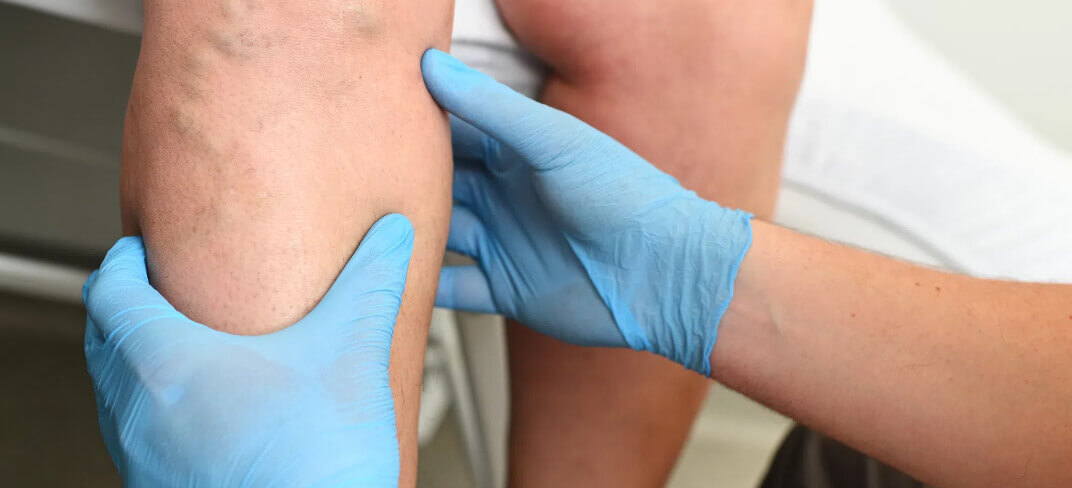Varicose Veins: Symptoms and Treatments

Varicose veins are enlarged and visible superficial veins on the skin, often considered unsightly and a source of discomfort for those affected. This condition impacts both men and women and is caused by a combination of factors, including pregnancy, obesity, and genetic predisposition.
According to statistics, varicose veins affect up to 30% of the population. The at-risk groups include pregnant women, overweight or obese individuals, and those with professions that require long periods of standing, such as nurses or waitstaff. Those with a history of deep vein thrombosis or blood clots are also at higher risk of developing this condition.
The most common symptoms include:
- Pain
- Itching
- A feeling of heaviness in the legs
- Swelling
These issues can significantly compromise quality of life, but in many cases, relief can be obtained by wearing compression stockings. In more severe cases, varicose veins may bleed or cause venous ulcers, which require specialized treatment.
Regarding treatments, there are several effective options to reduce symptoms and improve the aesthetic appearance of the legs. One of the most commonly used methods is radiofrequency or laser ablation, a minimally invasive procedure performed in an outpatient setting. Through a small needle and catheter, the vein is treated from the inside, and the procedure, generally quick, requires only a supportive bandage afterward.
Another alternative involves injecting a medication directly into the vein, a technique called sclerotherapy, which closes the damaged vein within minutes.
If you suffer from varicose veins, join us for our Open Day dedicated to leg health, where you can receive free consultations.